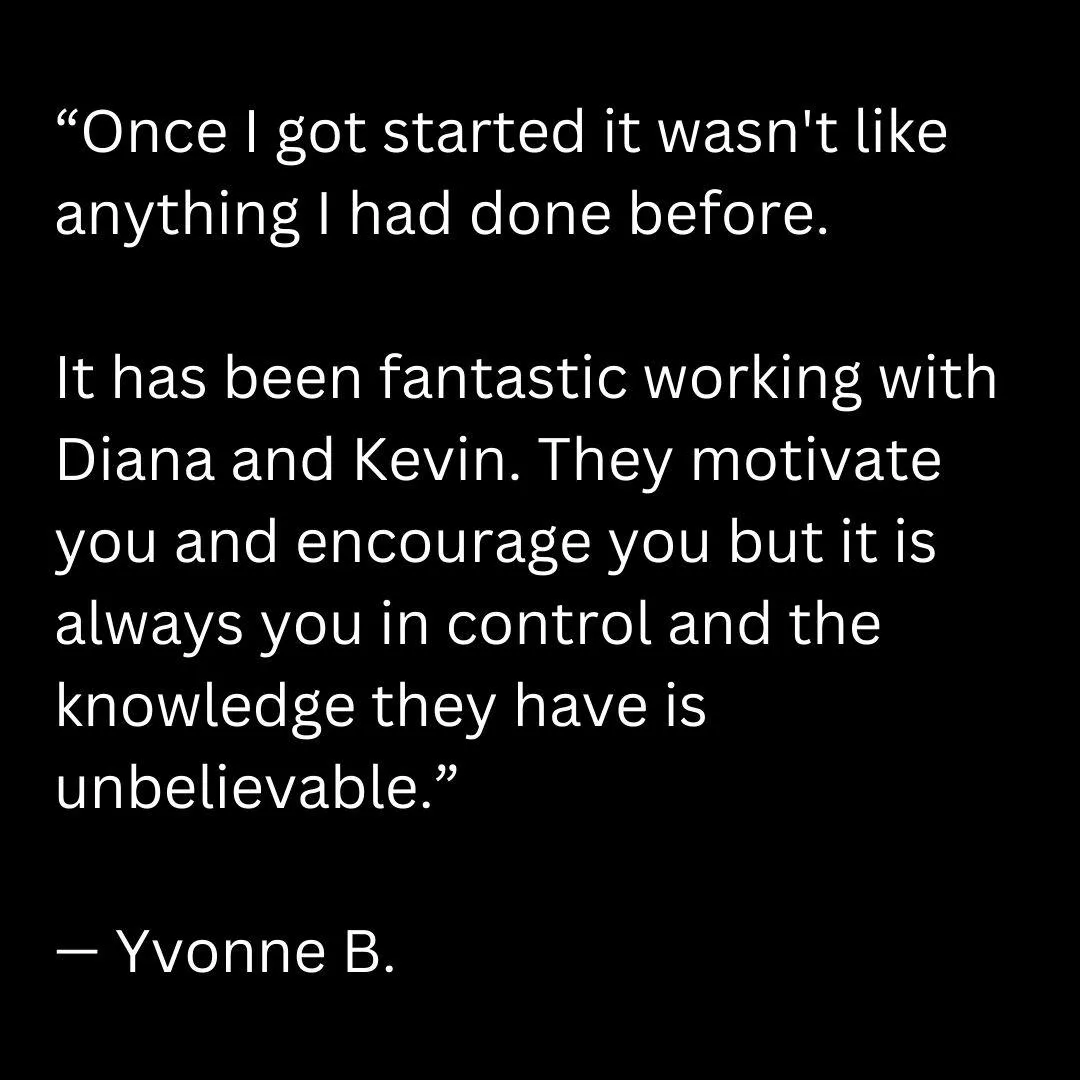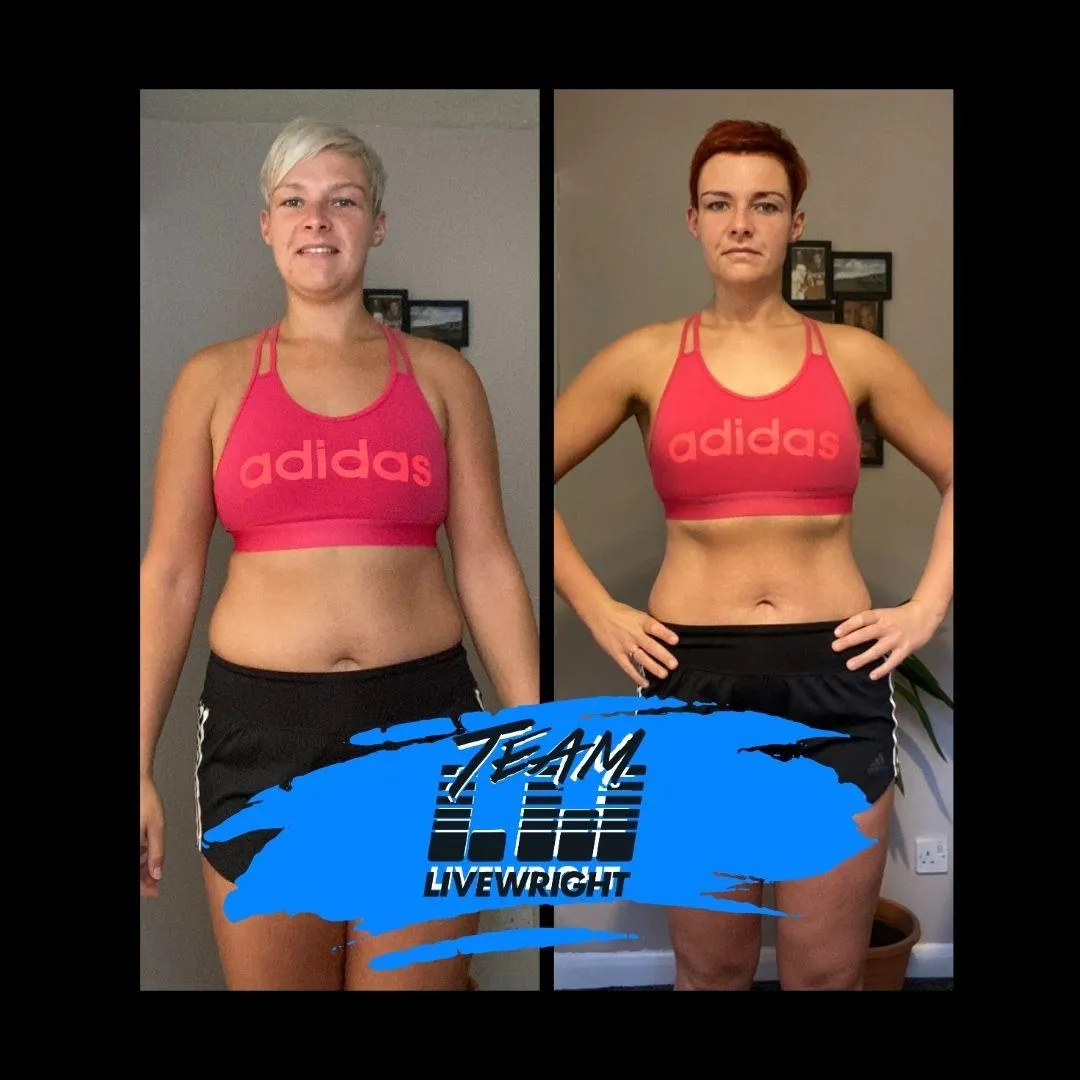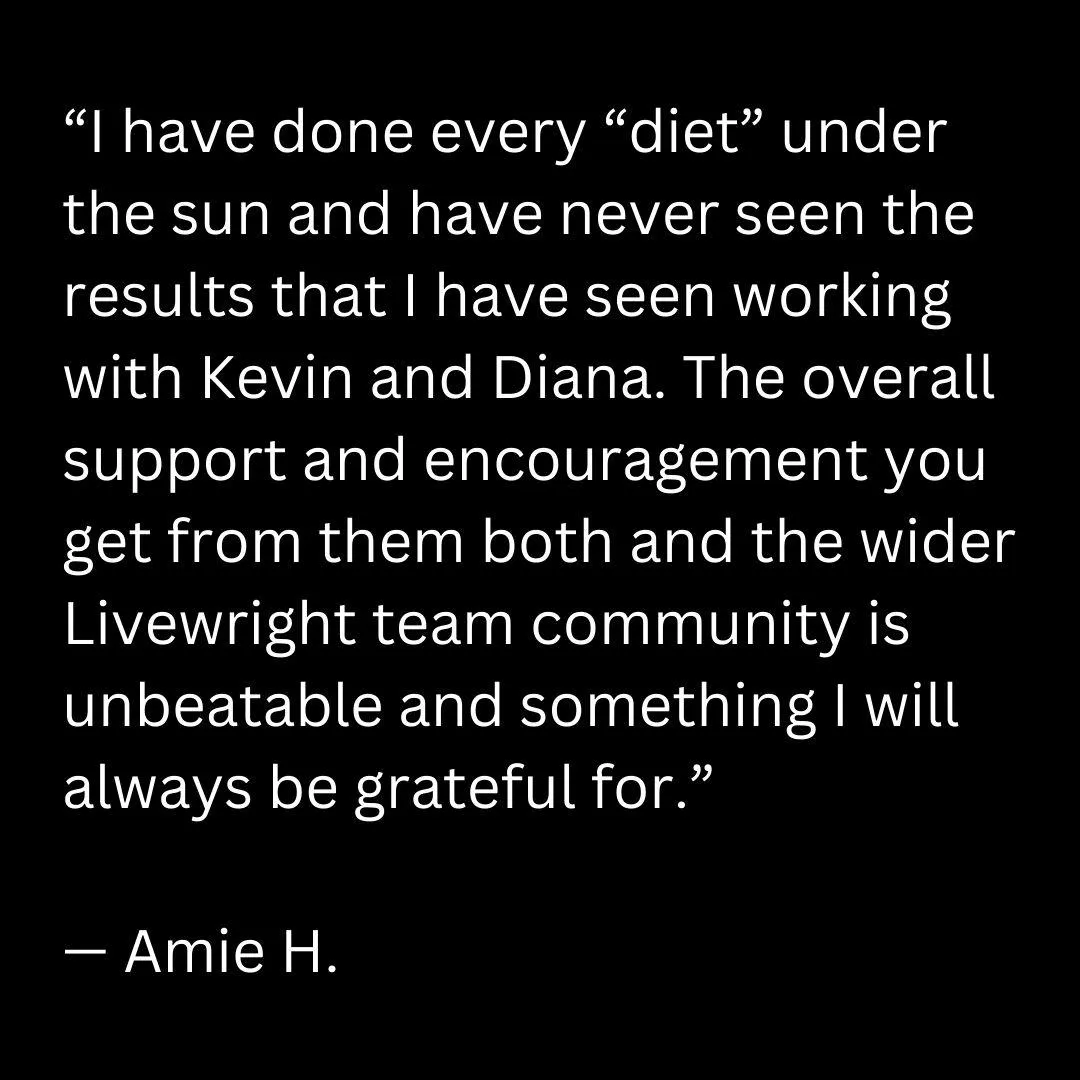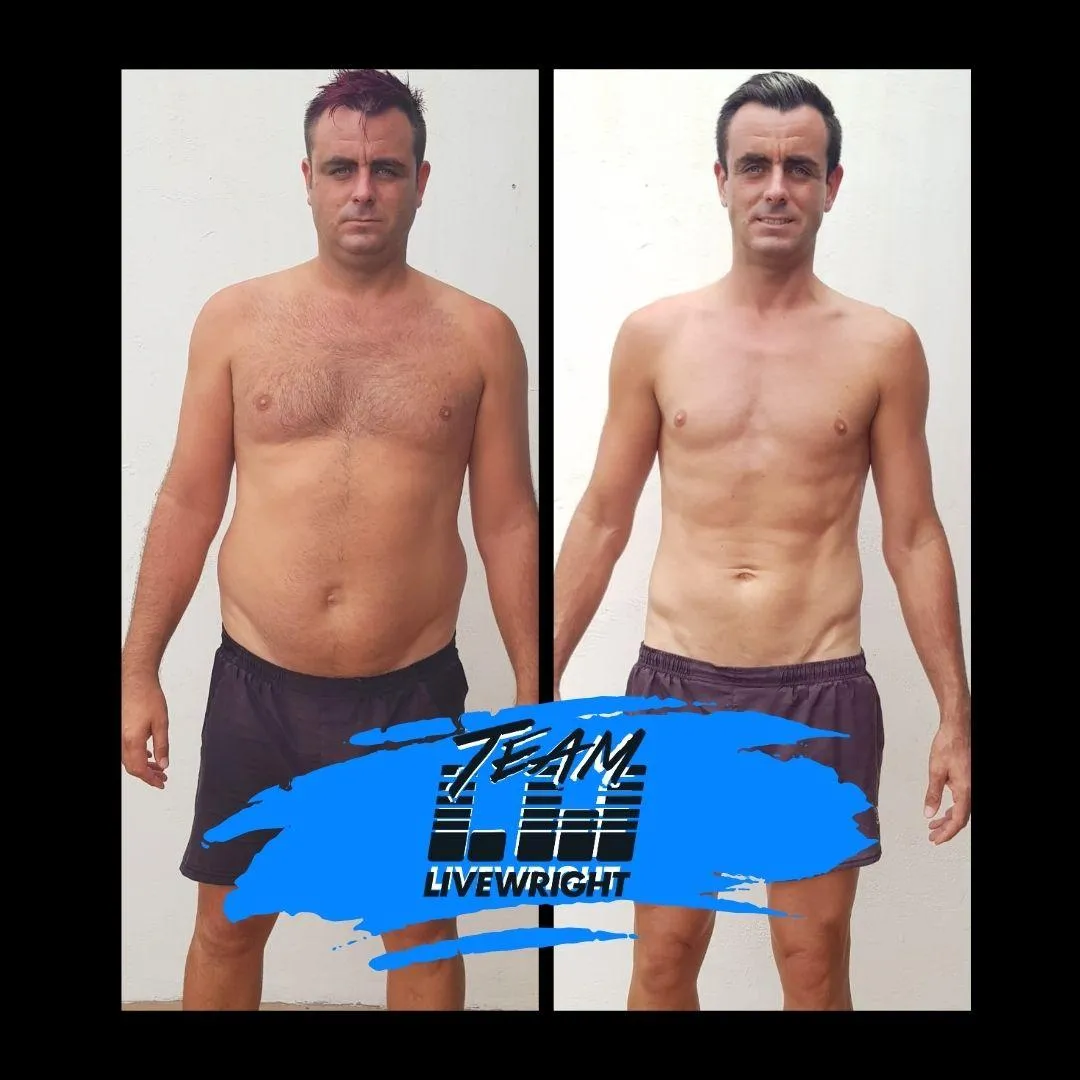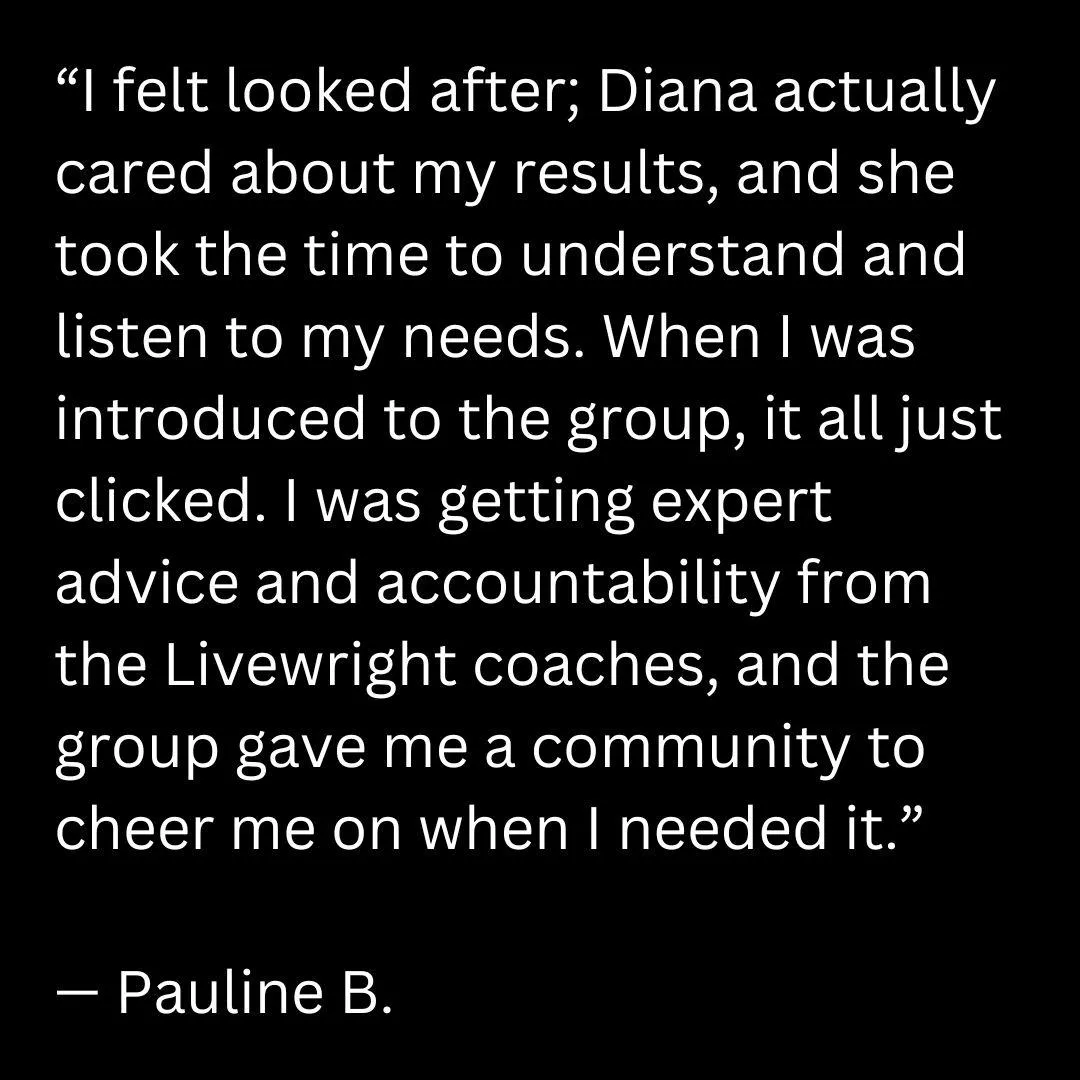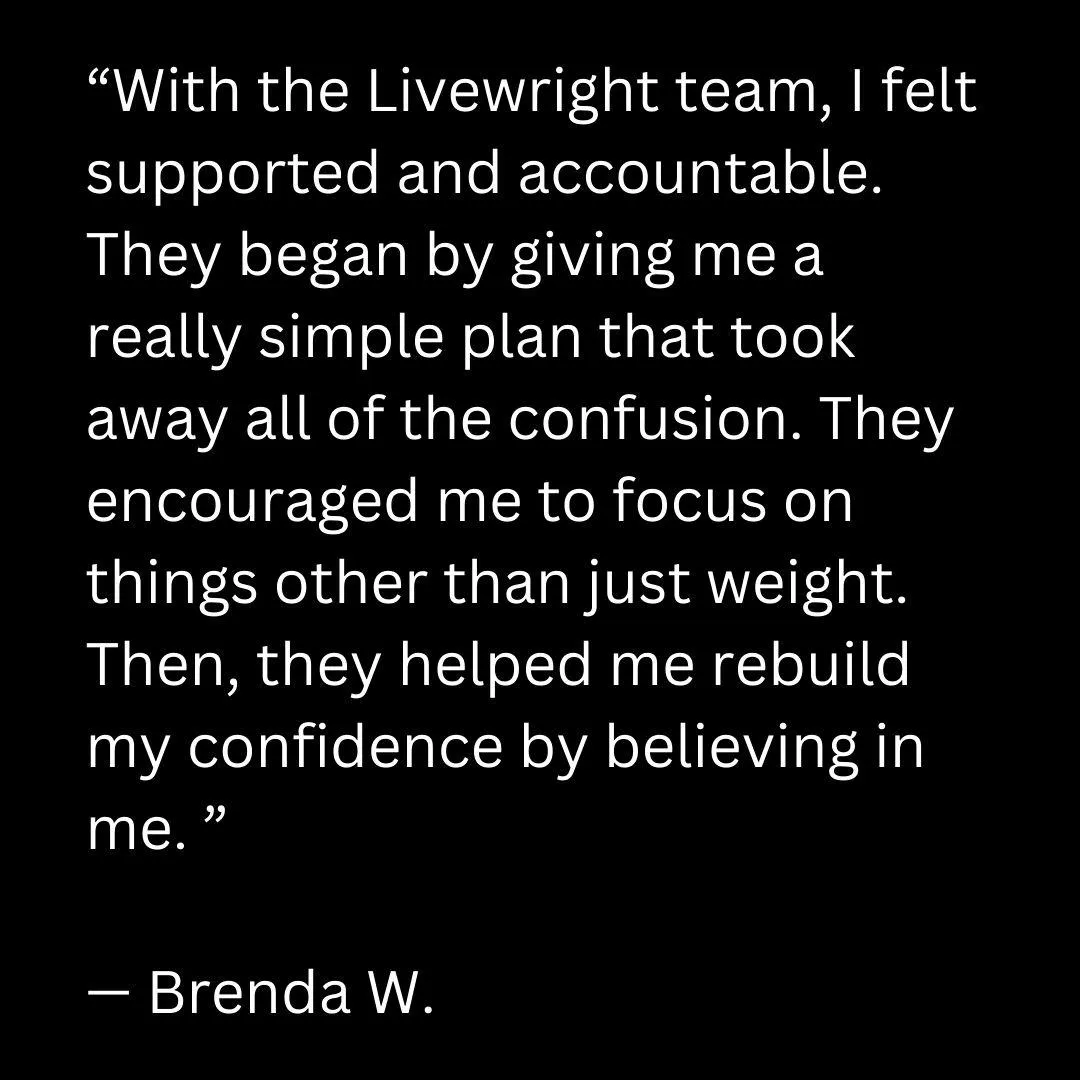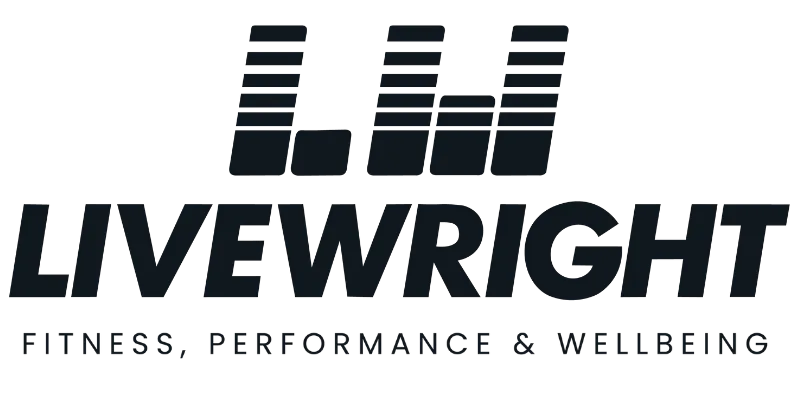
CHOOSE LIFE. CHOOSE A CAREER. CHOOSE YOU.
Our first, priority is in listening to your needs, finding out exactly what it is you need to be successful in your wellness journey. We will then match your needs with a solution that fits your lifestyle. More than this, we will be with you every step along the way.
-Team Livewright
CHOOSE LIFE. CHOOSE A CAREER. CHOOSE YOU.
Our first, priority is in listening to your needs, finding out exactly what it is you need to be successful in your wellness journey. We will then match your needs with a solution that fits your lifestyle. More than this, we will be with you every step along the way.
-Team Livewright

Free Gut Health Course
Gut health is receiving so much attention because of the multiple positive outcomes of a healthy gut. We've created this simple, free, course as an introduction to improving your gut health journey starting today!
New On The Blog...

Unlock Your Potential with Smart Recovery Strategies

Elevate Your Performance
In this post I'm unveiling optimal work-to-rest ratios in plyometrics, speed, and agility training for beginners.
For beginners, diving into Plyometrics, Speed, and Agility Training, nailing the work-to-rest ratios is key to unleashing potential and minimising injury risk. Guided by insights from the United Kingdom Strength and Conditioning Association and the National Strength and Conditioning Association, backed by science — understanding these ratios is fundamental. However in My experience most look to minimise rest and substitute quality for quantity. This increases the risk of injury and means we are training for endurance rather then speed, agility or power. so what are the rules, read on to find out.
In Plyometrics (high speed jump training), a work-to-rest ratio of 1:15 to 1:20 is advised. This ensures ample recovery (15-20 seconds) for every second of high-intensity exercise — optimising power development while mitigating the risk of fatigue-related injuries.
For Speed and Agility training, the recommended work-to-rest ratio is 1:3 to 1:5. This balance of high-intensity activity with shorter rest periods fosters skill development, speed, and change-of-direction abilities while allowing sufficient recovery.
Nailing these ratios will provide you with a solid foundation for optimising performance gains and reducing the risk of injury in Plyometrics, Speed, and Agility training regardless of your experience level.
At Livewright, we believe that fitness is more than just exercise — it's a journey toward your best self. Our personal training services are designed to help you achieve your goals, (including plyometrics, speed, and agility training), no matter your starting point.

Free Gut Health Course
Gut health is receiving so much attention because of the multiple positive outcomes of a healthy gut. We've created this simple, free, course as an introduction to improving your gut health journey starting today!
New On The Blog...

Unlock Your Potential with Smart Recovery Strategies

Elevate Your Performance
In this post I'm unveiling optimal work-to-rest ratios in plyometrics, speed, and agility training for beginners.
For beginners, diving into Plyometrics, Speed, and Agility Training, nailing the work-to-rest ratios is key to unleashing potential and minimising injury risk. Guided by insights from the United Kingdom Strength and Conditioning Association and the National Strength and Conditioning Association, backed by science — understanding these ratios is fundamental. However in My experience most look to minimise rest and substitute quality for quantity. This increases the risk of injury and means we are training for endurance rather then speed, agility or power. so what are the rules, read on to find out.
In Plyometrics (high speed jump training), a work-to-rest ratio of 1:15 to 1:20 is advised. This ensures ample recovery (15-20 seconds) for every second of high-intensity exercise — optimising power development while mitigating the risk of fatigue-related injuries.
For Speed and Agility training, the recommended work-to-rest ratio is 1:3 to 1:5. This balance of high-intensity activity with shorter rest periods fosters skill development, speed, and change-of-direction abilities while allowing sufficient recovery.
Nailing these ratios will provide you with a solid foundation for optimising performance gains and reducing the risk of injury in Plyometrics, Speed, and Agility training regardless of your experience level.
At Livewright, we believe that fitness is more than just exercise — it's a journey toward your best self. Our personal training services are designed to help you achieve your goals, (including plyometrics, speed, and agility training), no matter your starting point.
Community



This is where the magic happens! When you work with me you also get access to my private community where you'll find people just like you working on their wellness journey. It's a place of inspiration, motivation, and accountability. Plus live education on topics like fitness, nutrition, mindset, and overall wellness!

Work With Us
At Livewright, we believe that fitness is more than just exercise — it's a journey toward your best self.
Our personal training services are designed to help you achieve your goals, no matter your starting point.

About Us
We develop strong, confident leaders by mentoring people (like us) who want to create a positive impact on the lives of others — giving them the ability to turn their results into a platform to launch their own businesses.
What Our Clients Say
What Our Clients Say

Get Livewright news and events sent right to your mailbox — sign up for our newsletter today!







